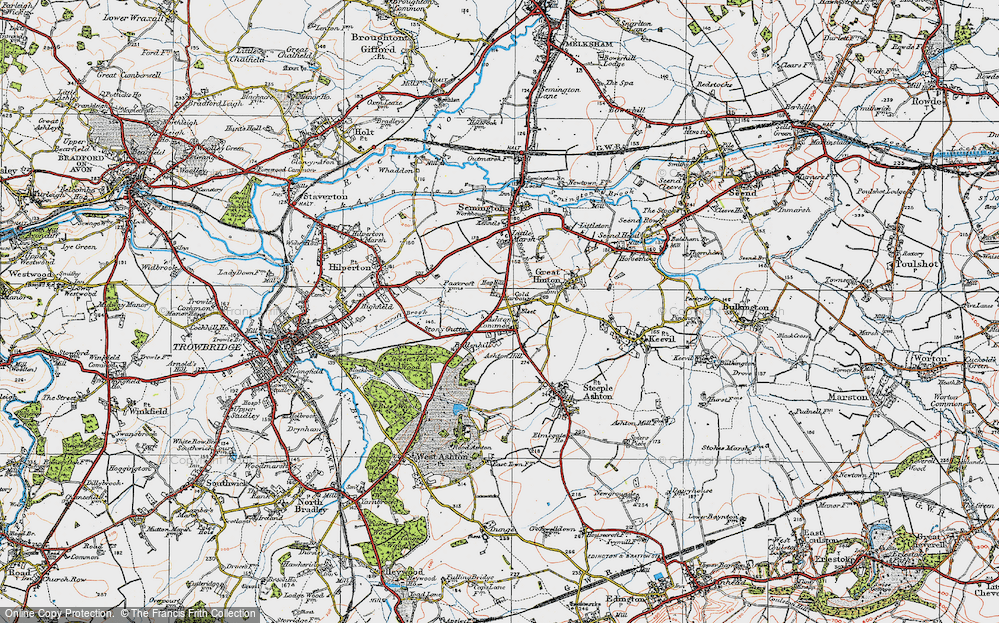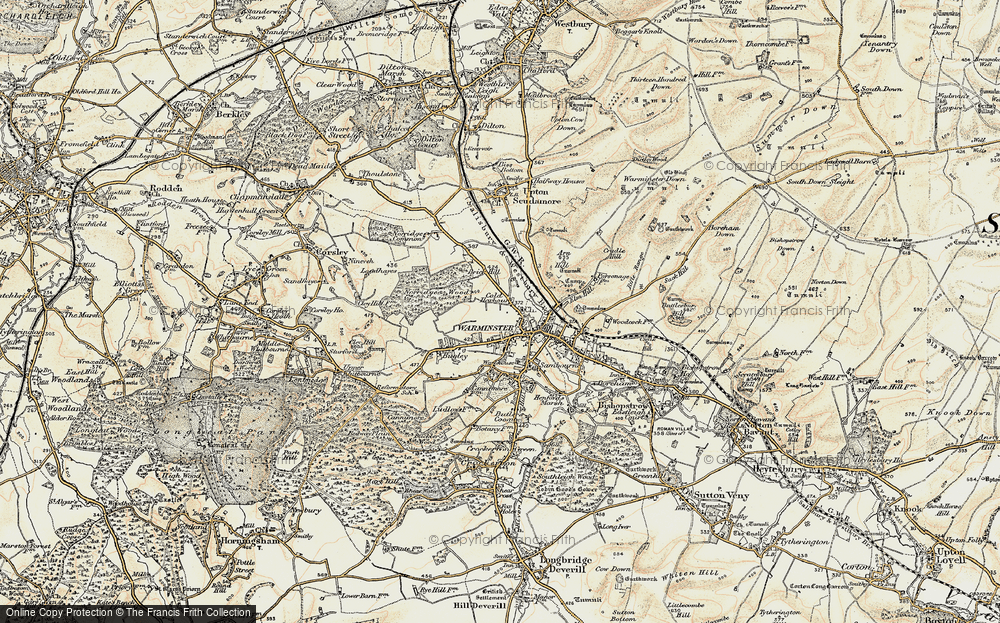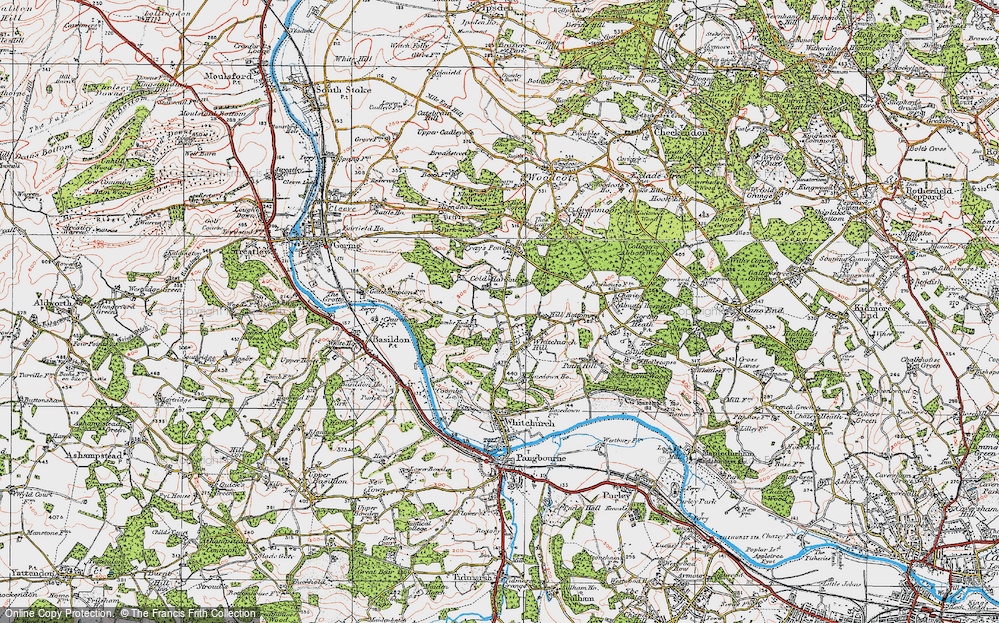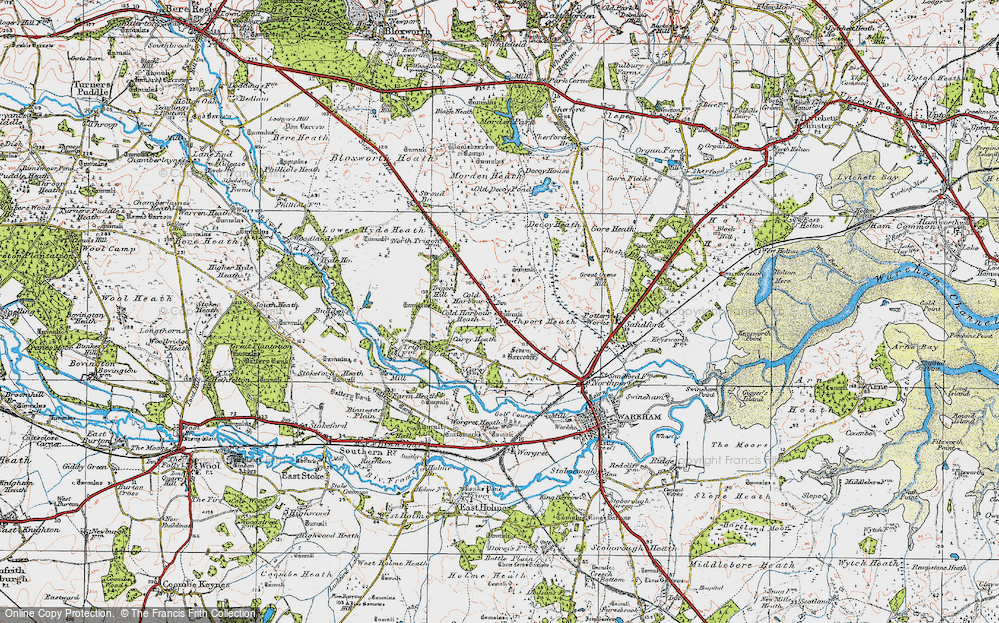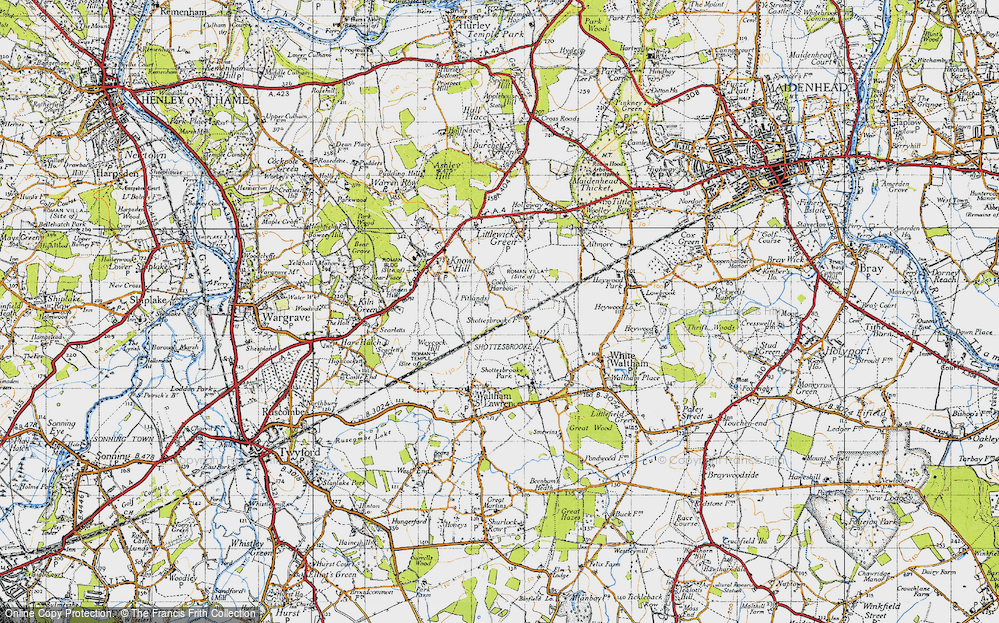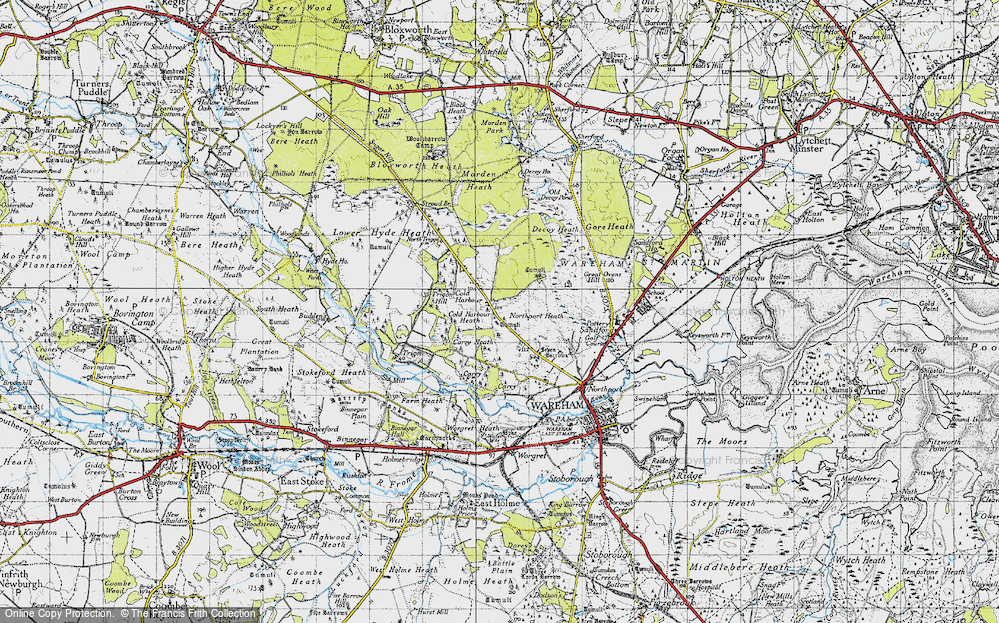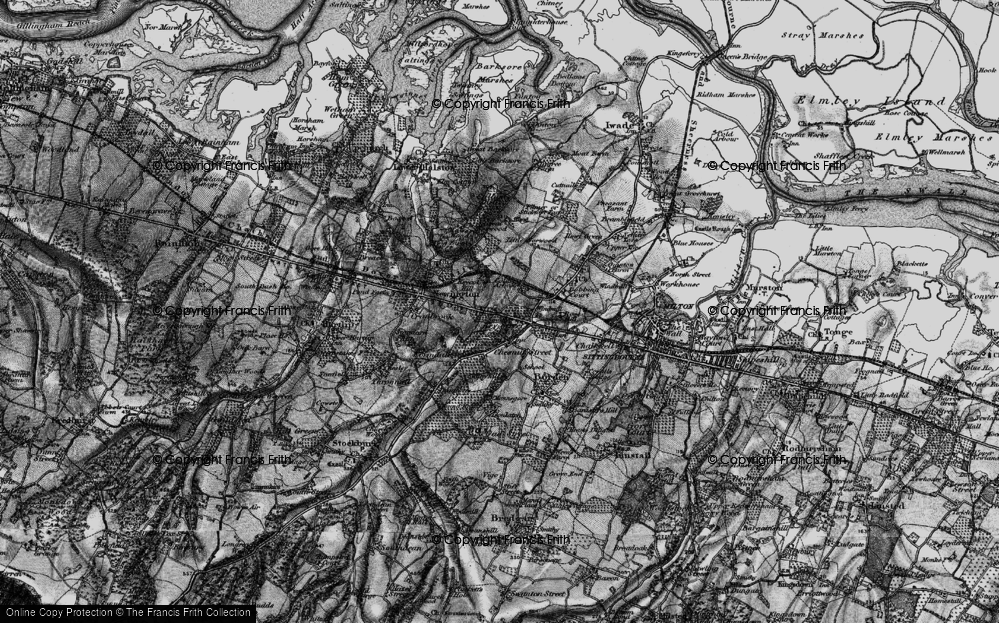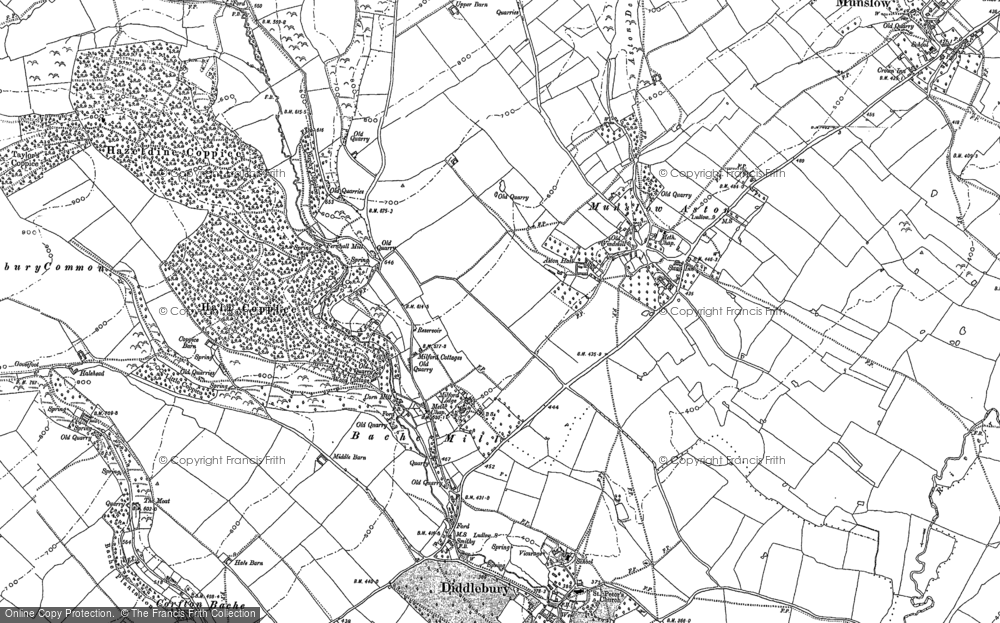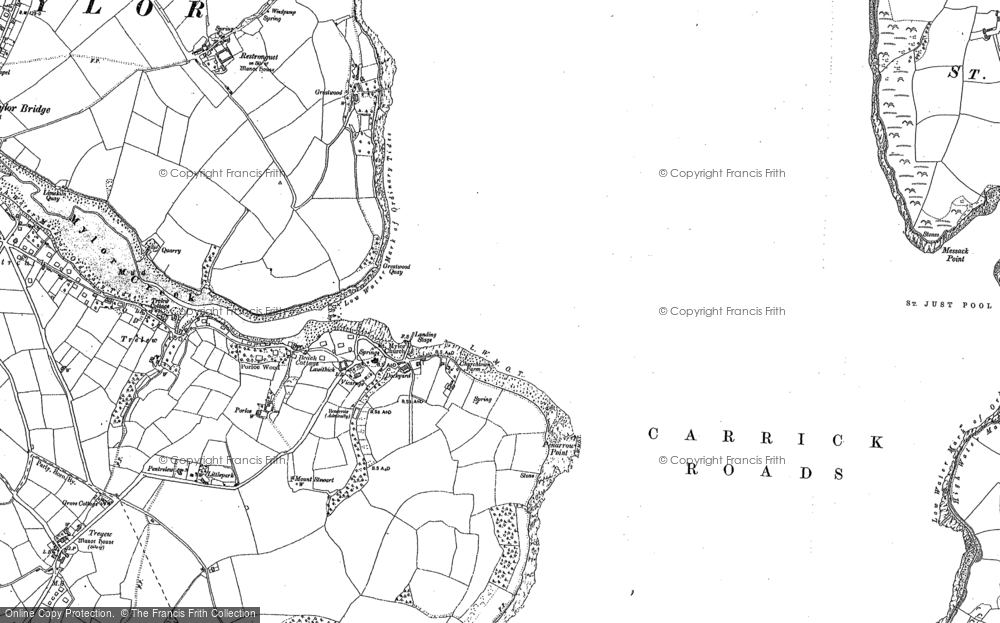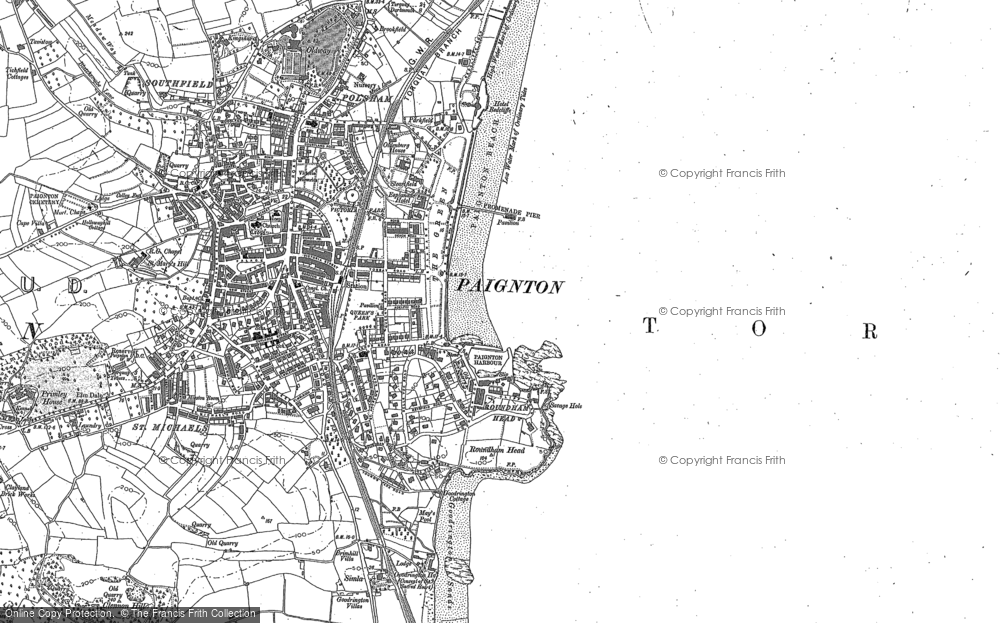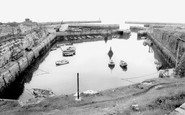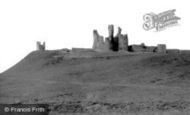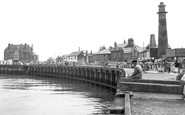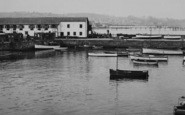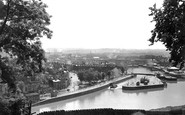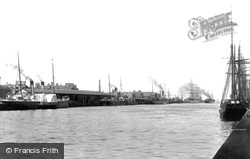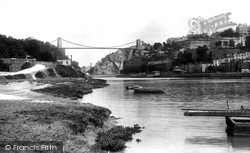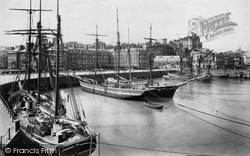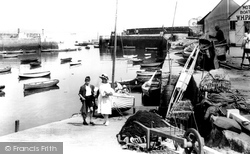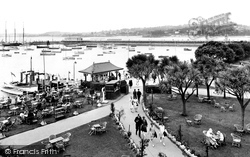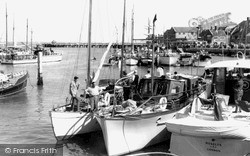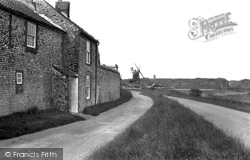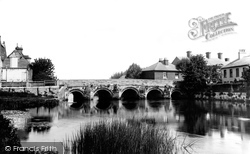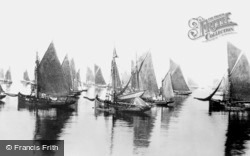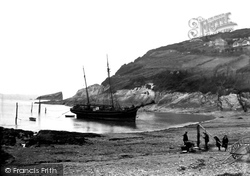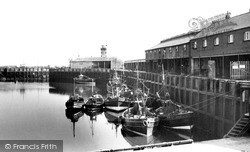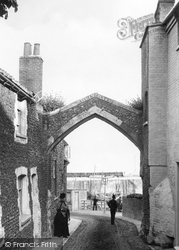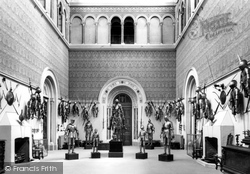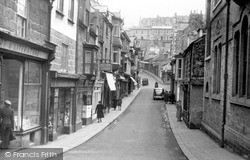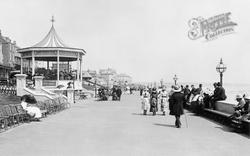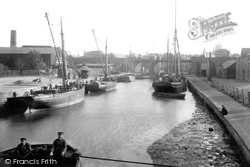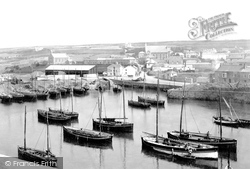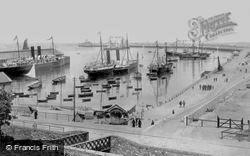Places
1 places found.
Did you mean: arthur ?
Those places high-lighted have photos. All locations may have maps, books and memories.
Photos
4 photos found. Showing results 61 to 4.
Maps
71 maps found.
Books
1 books found. Showing results 73 to 1.
Memories
96 memories found. Showing results 31 to 40.
Mitchelmores Gardens Duddleston Road Black Lion Lane
I have noticed one or two comments with regard to 'Mitchelmores Gardens' in Duddleston Road/Black Lion Lane. I think that the writers are perhaps a little confused. Mr Mitchelmore was an ...Read more
A memory of Little Sutton by
Seaham Harbour
All my family come from Murton, some are still there. I remember as a child going to the harbour and getting fresh crabs - they were big ones, and once one grabbed my granda`s coat and we had to free him as the claws were big too. ...Read more
A memory of Seaham by
Beautiful Times Of Craster And Diving Into The Harbour!
i graham armstrong used to holiday in craster every year with my brother kevin, father john armstrong during late 1950's and early 60's. we all stayed at the sweet shop called nelsons on the harbour. many a good time was had by all!
A memory of Craster by
Terriers At Newhaven Harbour
In the late 1960's we spent many days ( and nights) fishing off the west side harbour arm. Much to my delight there were two railway lines running along for a good length for a good way out. There were still lots of signs ...Read more
A memory of Newhaven
Fishing In The Harbour
We use to fish in the Quay by going down to the water by the little jetty shown in the picture. I fished with a small wined up fishing line. Must have been about 9/10m years old. The only fish I court I couldn't take of the hook because it wriggled to much, never fished since!!
A memory of Gorleston-on-Sea by
This Is Not The Harbour! This Is Oldway Mansion.
Built by Paris Singer for the dancer Isodora Duncan. In the 1950s I used to play in these landscaped grounds, then and now a municipal park
A memory of Paignton by
My Grandad And Folkestone Harbour
i remember my grandfather working in the security box at the entrance of folkestone harbour, i remember my grandmother would take me down to him during the morning to take his sandwiches, i would sometimes have to ...Read more
A memory of Folkestone by
My Ealy Days In Ilkley War Time. 1940/46
I was born in Ilkley in Sept. 1940, my parents first residing at Ben Rhydding. After my birth we moved to a house in Valley Drive, living next door I recall to a lady called Miss Booth. From our rear garden ...Read more
A memory of Ilkley by
Construction Of Bristol's Floating Harbour
Construction of the floating harbour: In the 18th century, the docks in Liverpool grew larger and so increased competition with Bristol for the tobacco trade. Coastal trade was also important, with the ...Read more
A memory of Bristol by
Seaton Sluice Harbour Houseboat
I was born in Newsham in 1949 and lived in The Oval till I joined the RAF In 1967. My father Edward used to take me to Seaton Sluice to visit family when a youngster aged about 6 yrs old. He pointed out to me ...Read more
A memory of Seaton Sluice by
Captions
211 captions found. Showing results 73 to 96.
A further view of the mouth of the River Liffey, Dublin's harbour. Dublin has always been an important port, particularly for goods and merchandise.
Bristol is where Brunel's steamships 'Great Western' and 'Great Britain' were built, though both were too big to use the Floating Harbour.
We are looking towards the inner harbour-now the yacht marina—with a paddle steamer and three brigs at moorings.The chimney on the left of the Admiral Harvey pub probably belonged to Ramsgate's
Pebbles and sand extend below the Royal Standard; we look eastwards from deck-chairs, boats and canvas shelters to the North Wall of the harbour and the coast from Charmouth and Stonebarrow Hill to Golden
A mixture of schooners, brigantines and spritsail barges lie to warps in the outer harbour.
By the 1920s the harbour was used almost entirely by small-scale fishermen and pleasure craft.
By the 1920s the harbour was used almost entirely by small-scale fishermen and pleasure craft.
Beyond Torquay harbour is the fine sweep of Torbay. In Nelson's day the entire British fleet could anchor within the sheltering arms of the bay.
Sheltered from the worst of the gales by Hengistbury Head, Christchurch's harbour empties into the sea between Mudeford's quays and sandbanks.
There are few scenes on the Isle of Wight more captivating than Yarmouth harbour on a busy sailing day.
Pebble-built cottages line the coast road to the corn windmill, which stands immediately behind the 17th-century harbour. The mill was converted to holiday accommodation as early as 1921.
In Saxon times this old town was known as Twyneham, meaning 'the town between the streams' - in this case the Avon and the Stour, whose waters empty into Christchurch Harbour.
Penryn sits at the head of a creek in Falmouth harbour. At the top of the town Brunel's Great Western Railway crossed the broad wooded valley on a mighty viaduct.
At the height of the Victorian age some 200 trawlers would regularly put to sea from Brixham harbour.
Tucked away among 'surroundings that are indescribably beautiful', boats nestle in the placid harbour waters of this picturesque village with its long, straggling street.
A more recent picture of the main harbour. Smaller fishing boats, now powered by internal combustion rather than wind, are tied up alongside the west pier to discharge their catch.
Leading from the old village to the harbour beyond, this 16th-century arch, originally fitted with a portcullis and gates, was built to protect the settlement against pirates and smugglers.
This photograph shows the Great Hall as it was originally intended - displaying a collection of armour and weapons, just as a castle should.
Tregenna Place and its continuation of the High Street are still the main thoroughfares into the harbour area of St Ives.
Protected on the north-east by the great headland of Flamborough, there are long stretches of fine sand both north and south of the harbour.
Other finds at Wallington House, Wicor Shore and Portchester Harbour have been dated from the Mesolithic period (10,000 BC to 4,000 BC), while flint and stone artefacts from Titchfield and Wallington
This atmospheric photograph of the Medina at Newport gives some idea of the harbour at the height of its prosperity.
As with the port of Newlyn, the small harbour at Porthleven uses the registration letters of Penzance.
The harbour was begun in 1817, and ever since has been the principal terminus of the Holyhead run.
Places (1)
Photos (4)
Memories (96)
Books (1)
Maps (71)


